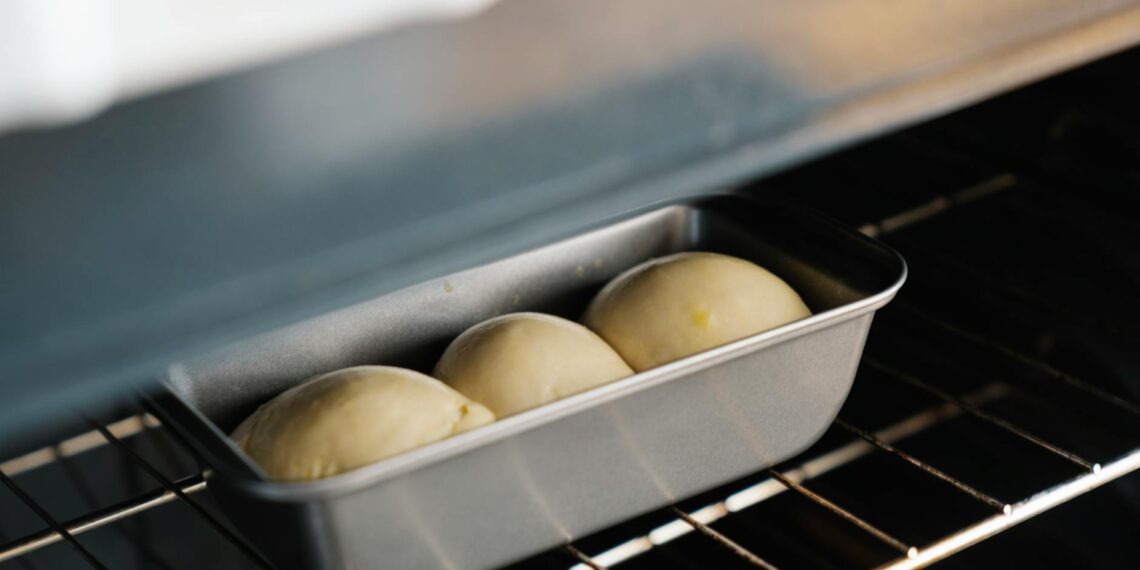The terms “proof” and “reverse proof” describe specific finishes applied to coins, primarily aimed at collectors and investors. Both types represent the highest quality of coinage produced by mints, showcasing intricate designs and superior craftsmanship. The key difference lies in the contrasting finishes of the design elements and the background:
- Finish: Feature a mirror-like background (field) contrasting with frosted raised design elements (devices).
- Production: Struck using specially prepared, highly polished dies and planchets (coin blanks) at least twice under higher pressure than circulating coins to achieve sharper details and the distinctive cameo effect.
- Purpose: Primarily produced for collectors and commemorative purposes, not for circulation.
- Appearance: The mirror-like fields are highly reflective and visually distinct from the frosted details.
- Finish: The opposite of proof coins; they have a frosted, matte background and polished, mirror-like raised design elements.
- Production: Also struck using specially prepared dies and polished planchets, often multiple times to achieve the desired finish. However, the die preparation is reversed, with the background polished to a high sheen and the design elements given a laser-etched frosted finish, [according to the U.S. Gold Bureau].
- Purpose: Similarly produced for collectors, particularly prized for their unique aesthetic appeal and rarity.
- Appearance: The striking contrast between the frosted background and polished design elements creates a visually distinct and captivating effect.
| Feature | Proof Coin | Reverse Proof Coin |
|—|—|—|
| Background | Mirror-like, highly reflective | Frosted, matte finish |
| Design | Frosted, matte finish | Polished, mirror-like finish |
| Striking | Struck multiple times with specially prepared dies and polished planchets | Struck multiple times with specially prepared dies and polished planchets |
| Rarity | Rarer than circulating coins | Generally considered rarer than regular proof coins |
Note: Reverse proof coins are a relatively modern innovation, with the U.S. Mint first releasing them in 2006. They have gained significant popularity among collectors for their inverted proof finish, [notes the U.S. Gold Bureau].









Are reverse proof coins more valuable?
One of the top reasons to collect reverse proof coins is their potential for investment. Unlike regular circulation coins, reverse proof coins are often limited in mintage, making them rare and, in many cases, increasing their value over time.
What does a reverse coin mean?
From my experience, A reverse proof coin is also produced from highly polished planchets and dies, but the mirror-like luster of a traditional proof coin is applied to the design elements, against a delicately frosted background. This creates a magnificent contrast.
Is it better to buy proof or uncirculated coins?
I can help with that. Generally speaking, proof coins have a higher relative mark-up than uncirculated coins. As a collector’s item, proofs can be sold for more than the value of the raw precious metals they contain. However, the downside is they cost a little more than uncirculated coins to purchase.
What is the difference between proof and reverse proof Libertad coins?
Proof coins contain a frosted angel with a polished background. A reverse proof is the opposite and has a polished angel with a frosted background. An antique finish silver Libertad coin was first released in 2018 with a limited mintage of 40,000.